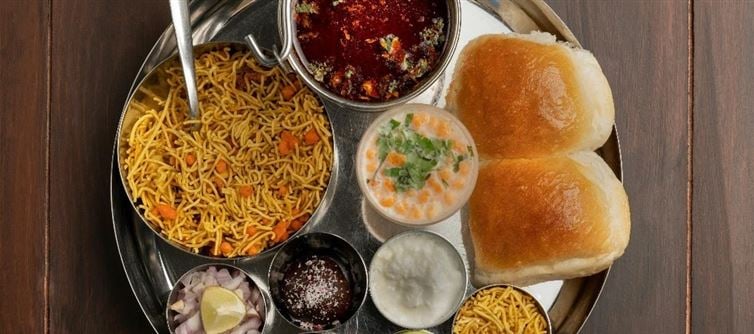
Indian cuisine has always been cozy, filling, and deliciously chaotic.
However, new research indicates that our eating habits may have a greater impact on our health than we realize, particularly in terms of blood sugar regulation.
Since blood sugar provides our bodies with energy, we must control it. However, excessive blood sugar can harm our kidneys, eyes, and heart. It may cause us to feel drained or ill. Maintaining equilibrium helps us feel good, stay strong, and prevent health issues in the future.
WHAT IS MEAL SEQUENCING?
Eating food in a particular order, or meal sequencing, is becoming more popular among influencers and health professionals.
The concept is straightforward: consume veggies first, followed by protein and fats, and then carbohydrates. Researchers claim that this can result in better metabolic health and less post-meal glucose rises.
According to Shreya Divadkar, Clinical Dietician at surya Mother and Child Super Speciality Hospital in Pune, "meal sequencing is a dietary strategy that involves consuming components of a meal - such as vegetables, proteins, fats, and carbohydrates - in a specific order to optimize blood sugar control."
"It improves insulin response and metabolic health by slowing the digestion and absorption of carbohydrates when protein, fat, and fiber-rich vegetables are eaten first," she continues.
Actress samantha Ruth Prabhu posted on instagram last month that when she ate her veggies first, then protein, and finally carbohydrates, her glucose monitor displayed noticeably fewer sugar rises than when she ate the same meal without any sequencing. She is not alone.
The "Glucose Goddess," French biochemist Jessie Inchauspe, often advocates "clothing your carbs"—eating vegetables high in fiber first to create a protective coating in the intestines that slows the absorption of sugar.
HOW IT WORKS
Digestion is affected in a cascading manner by this eating order. Food exits the stomach more slowly when protein and fat are consumed before carbohydrates because they inhibit gastric emptying.
Then, rather than surging all at once, carbohydrates slowly enter the bloodstream, easing the strain on insulin and lessening the pancreatic stress.
"It also triggers incretin hormones like GLP-1, which enhance insulin secretion in a glucose-dependent manner and suppress glucagon," explains Divadkar. This can improve long-term blood sugar stability and lessen insulin resistance over time, especially for those with type 2 diabetes or pre-diabetes.
IS IT PRACTICAL?
The problem is that traditional indian cuisine is designed to be mixed. Consider khichdi, sabzi-roti, or dal-chawal. It may seem strange to ask someone to eat salad first, followed by dal, and then roti last. When you factor in hectic workdays and family dinners, sequencing may not seem like a practical health solution.
Even though it's not always simple, Divadkar maintains that even minor adjustments can have a significant impact. "With a few easy adjustments, attentive sequencing is still achievable even if indian meals frequently combine rice, dal, and veggies.
Serve sautéed vegetables or salad to start your meal. "Just up the portion of vegetables and dal compared to rice, even in khichdi or pulao," she explains. "The goal isn't to follow strict rules but to make small, practical changes that suit your routine."
Meal sequencing is not a panacea, particularly if processed foods and sugars make up a large portion of your diet. However, it may be a surprisingly useful tool for improved digestion, mood, and blood sugar control when used in conjunction with mindful eating.




 click and follow Indiaherald WhatsApp channel
click and follow Indiaherald WhatsApp channel